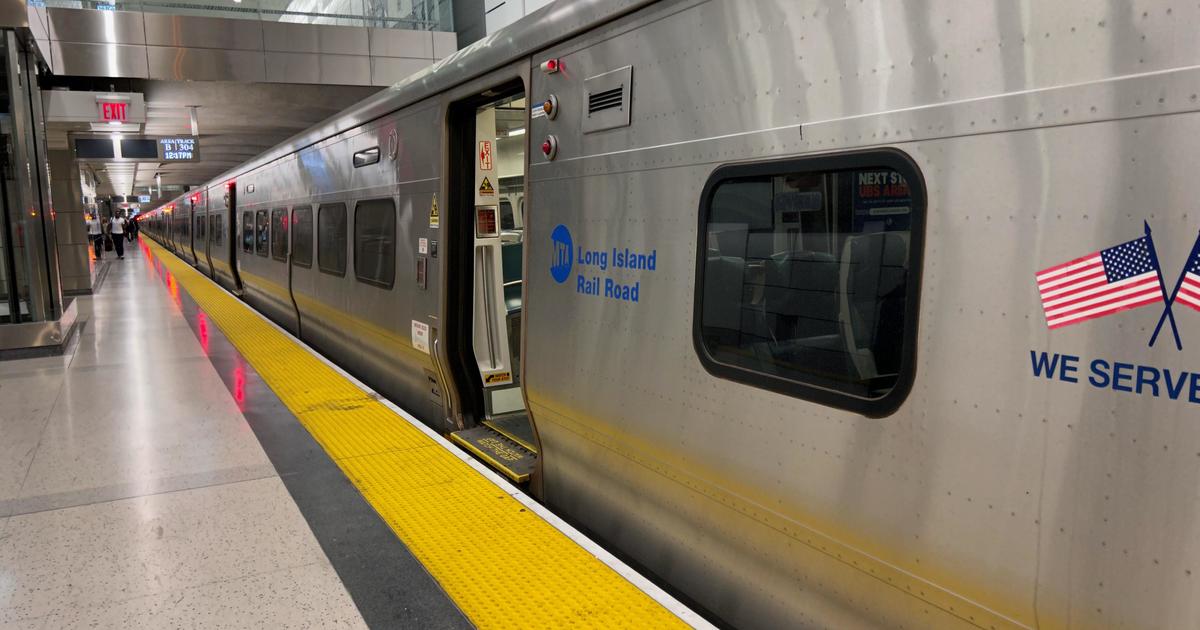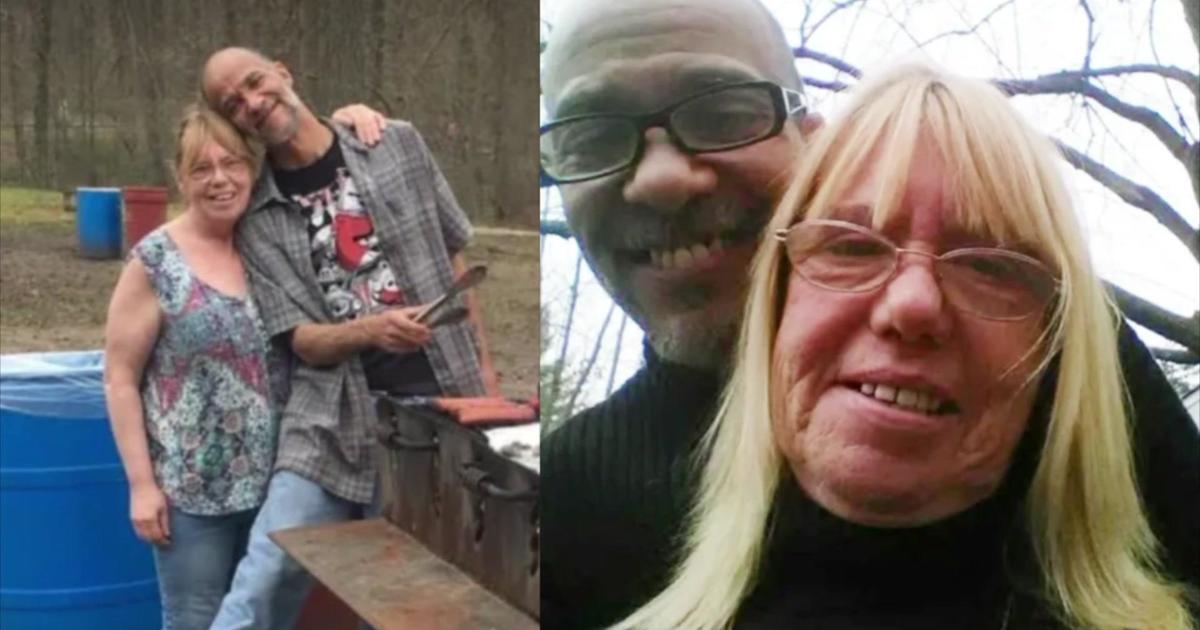LIRR Engineer Does Not Recall Crashing Into Terminal, NTSB Official Says
NEW YORK (CBSNewYork/AP) -- A National Transportation Safety Board official said Thursday that a Long Island Rail Road engineer did not remember striking the end of a track and slamming into the Atlantic Terminal in Brooklyn.
The crash on Wednesday morning injured 104 people.
NTSB investigator Ted Turpin said his team had interviewed the engineer on Thursday.
"The engineer was unable to recall striking the end of the track. He does recall entering into the station and controlling the speed of the train, but then the next thing he realized was after the collision," Turpin said.
The engineer in the NJ TRANSIT crash into the Lackawanna Terminal in Hoboken this past September also reported not remembering the crash. But Turpin said that should not be taken as a "common explanation."
"I wouldn't really string that together, you know, from accident to accident," he said. "I had one in the past where the operator just came forward and told us that they remembered everything, so you know, not necessarily."
The engineer told investigators he was not on his cellphone at the time of the incident, Turpin said. He said the agency does not yet have information about the engineer's medical history and does not know if he suffers from any medical condition such as sleep apnea.
The 50-year-old engineer has been with the LIRR since 1999 and has been working as an engineer since 2000 after going through training, Turpin said. He had just returned to work after three days off, Turpin said.
Turpin also said event recorders indicated that the train was moving at a speed of more than 10 mph -- twice the speed limit -- when it came to its crashing stop.
NTSB investigator Jim Southworth earlier said it will take three to seven days to investigate the accident scene before they determine what caused it.
As CBS2's Hazel Sanchez reported, a heavy tarpaulin covered the point of impact, where two cars of the LIRR train from Far Rockaway remained parked late Thursday.
On Thursday morning, many of the 430 riders who were on the train that crashed were back on board the LIRR. Some felt a little uneasy, but they were hopeful that another crash would not happen.
"Really slow ride in so they wanted to, I guess, be safe," said passenger Siaida Bryant. "The people like myself who ride every day, we all sat down this time. Normally we get up everyone."
A bit sore and heading back to work were some of the 104 people who were injured when the train came to a crashing stop Wednesday morning.
"I was a little traumatized, but I had to go to work," passenger Renata Shiloah told CBS2's Janelle Burrell.
"I was a bit hesitant, especially since I don't feel 100 percent," said passenger Robert Fried.
About 430 people were on board the train Wednesday when authorities said the train failed to stop and plowed through the bumping block at the end of track 6.
The impact lifted the front of the train off the track and sent it smashing into a small structure, apparently a work area. A rail pierced the floor of a train car, authorities said.
PHOTOS: LIRR Train Crash In Brooklyn
Many on board the train Wednesday had been standing as they prepared to get off at the last stop. Some described a large jolt that sent people flying.
"The people right in front of me all fell down like dominoes. They were all like piled on top of each other," said passenger David Spier of Cedarhurst.
"It was no warning of any sort," said passenger David Feit. "It just ran through the end of the line."
"I was getting up from my seat and there was a loud impact and I flew forward and then flew backward," a passenger named Amanda said.
Officials said all the people who were hurt suffered non-life threatening injuries, with the most serious being a broken leg.
"Luckily, all things considered, this was a relatively minor accident,'' Gov. Andrew Cuomo said.
Metropolitan Transportation Authority Chairman Thomas Prendergast said there is "a signal system that controls (trains) coming in at limited speeds. But when you're getting to the end it's the locomotive engineer's responsibility. And the train's brakes have to work. All those things have to be looked at in the investigation.''
Some riders say they have confidence in the MTA and the investigation.
"If you look at it, when was the last time something like this happened? It doesn't happen very often," said commuter Jason Cross.
"You just hope the technology improves to take more safety precautions, both from the railroad and passengers," said Fried. "Make sure everybody is safer."
Also Thursday, attorney Sanford Rubenstein announced the filing of the first lawsuit connected to the crash. The lawsuit, behalf of victim Clifford Jones, seeks $5 million in damages for injuries he suffered in the crash.
"As the crash occurred, people were thrown all over the place – on the floor, against the rail of the seats, and he sustained injuries; was taken by EMS to local hospital, is now following up with his private doctor," Rubenstein told WCBS 880.
Jones was standing up waiting to get off the train at the time of the crash, Rubenstein said. He suffered injuries to his neck, back and knees, the attorney said.
(TM and © Copyright 2017 CBS Radio Inc. and its relevant subsidiaries. CBS RADIO and EYE Logo TM and Copyright 2017 CBS Broadcasting Inc. Used under license. All Rights Reserved. This material may not be published, broadcast, rewritten, or redistributed. The Associated Press contributed to this report.)



